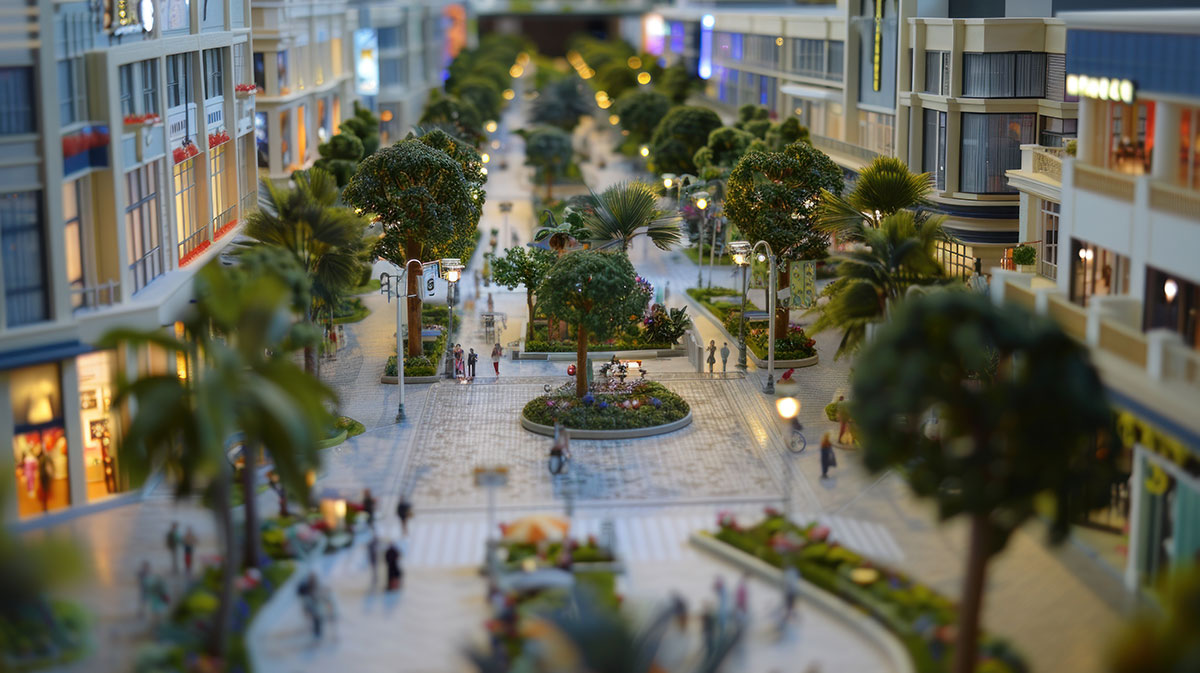Building for More Than Today
When I started MX Properties over 30 years ago, we focused on building solid, well-located retail sites for tenants that served everyday needs. That approach hasn’t changed—but the world around us certainly has. Today, developers face a much more unpredictable landscape. Economic swings, consumer shifts, climate risks, and technology disruptions are all part of the new normal.
So the question becomes: how do you create commercial real estate that not only survives but thrives through change?
The answer is resilience. And no, that doesn’t just mean stronger concrete or higher elevation. True resilience in development means creating spaces that adapt to new uses, new users, and new realities. It means thinking ahead and building for flexibility, not just function.
In this blog, I want to share what resilience means to me as a developer and how we’re putting that into practice on the ground across Florida.
Start with the Right Land
It sounds simple, but the first step to future-proofing a site is selecting land that will hold value over time. That means more than just finding affordable acreage. We look closely at flood risk, traffic trends, surrounding uses, and long-term growth plans from local governments.
For example, a site that’s cheaper because it sits low on the water table might look good on paper. But if you’re spending hundreds of thousands on elevation and stormwater mitigation, it can become a losing proposition.
We also study infrastructure plans like road expansions, utility upgrades, and school construction. These indicators show where people are moving and where services will be needed. A site that is well positioned today and connected to future growth has a much better chance of weathering shifts in the market.
Build in Flexibility
Resilient development means leaving room for change. Ten years ago, we weren’t designing drive-thrus with space for mobile pickup lanes. Five years ago, curbside service was a luxury. Today, it is essential.
That is why we try to build sites that can flex. We give extra space in drive aisles, room for additional parking, and stub-outs for possible future tenants or uses. We create building pads that can be adapted to different formats, whether that means retail, healthcare, or even a storage component.
We also design utilities and infrastructure with expansion in mind. A good example is planning electrical capacity for future EV charging stations or designing rooftops to support solar panel installation later on.
Thinking ahead doesn’t mean guessing every future trend. It means not locking the site into one rigid use.
Consider the Whole Ecosystem
A resilient site does not stand alone. It is part of a broader community and should work in harmony with its neighbors, customers, and environment.
We prioritize walkability wherever we can. That means building wide sidewalks, connecting to local trails, or working with city planners to improve pedestrian access. This is not just about being eco-friendly, it’s about meeting the needs of the next generation of consumers who want to walk or bike to local services.
We also pay close attention to landscaping and drainage. In Florida, storms are a fact of life. Resilient developments have stormwater systems that manage heavy rainfall, protect against erosion, and support native plant life that requires less maintenance and water.
All of this contributes to long-term durability, and to a sense of place that keeps tenants and customers coming back.
Serve Essential Uses
In uncertain times, essential businesses continue to perform. That is why we focus our developments on uses that meet basic community needs.
Quick-service restaurants, medical clinics, banks, grocery stores, pharmacies, and fuel stations all fall into this category. These tenants are not just recession-resistant, they are also relevant through social and behavioral shifts.
Think about how differently people shop today than they did five years ago. Even with the rise of e-commerce, we still need physical locations for food, healthcare, and everyday essentials. A site that serves core human needs will always be relevant, no matter what else changes.
Build Relationships That Last
Finally, resilience isn’t just about the site. It is about the people behind it.
At MX Properties, we work closely with tenants, franchisees, brokers, and local governments to build strong relationships from day one. These relationships help us adapt when things shift. When a tenant wants to expand or reconfigure their space, we’re there to support it. When a city updates its zoning code, we’re already in the loop.
A resilient site is one where the developer and the tenant are partners, not just signers of a lease. That shared vision is what gets you through the tough times and helps unlock new opportunities.
Resilience Is a Mindset
If I’ve learned anything in my decades of development, it is that the market will always change. Consumer habits will shift. Technology will evolve. Weather will get more unpredictable. But good development does not crumble under pressure, it adapts.
Resilience is not a one-time feature. It is a mindset. It is about designing with the long game in mind. It is about expecting change and preparing for it, not fearing it.
When we build resilient sites, we build more than property. We build confidence. We build trust. And we build something that adds value long after the ink on the lease has dried.
That is the kind of real estate I believe in. And that is the kind of real estate we will keep building.
